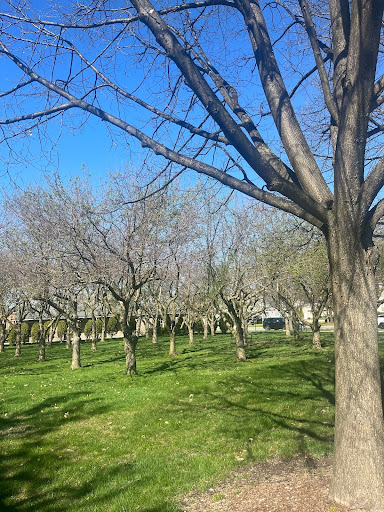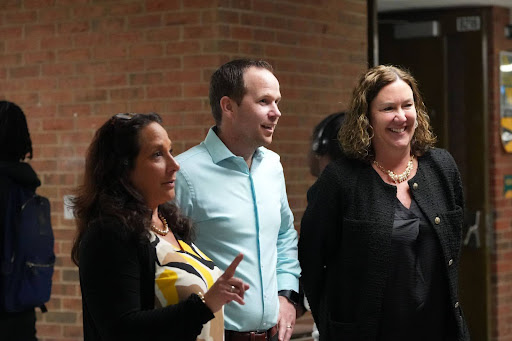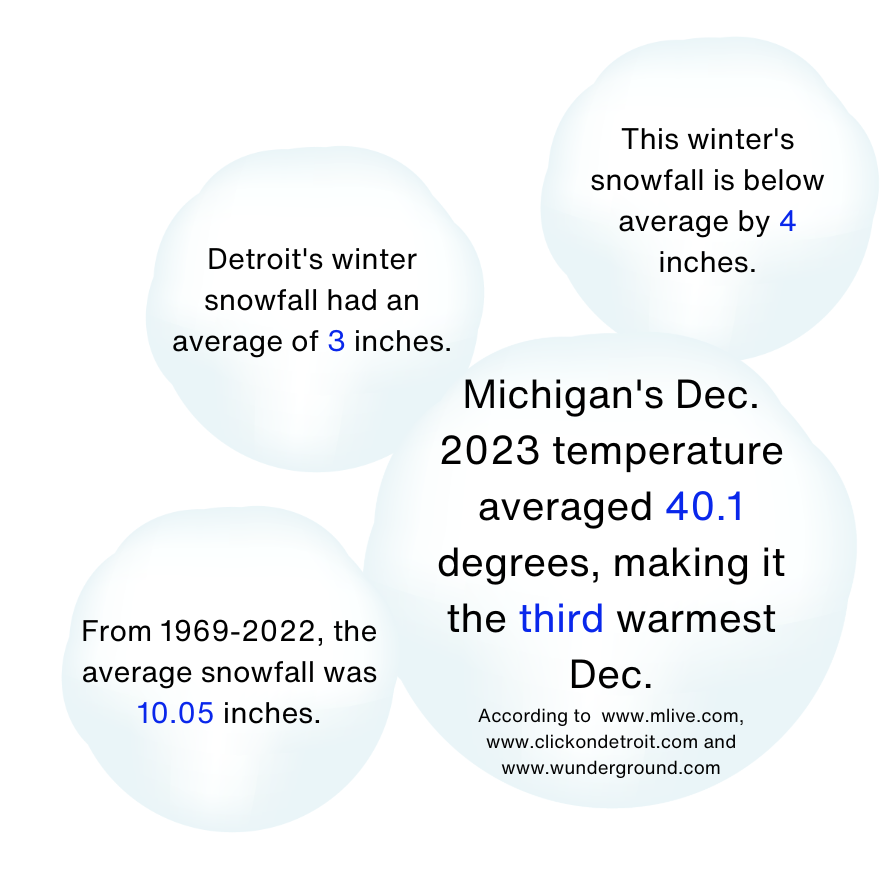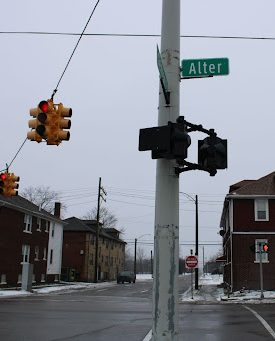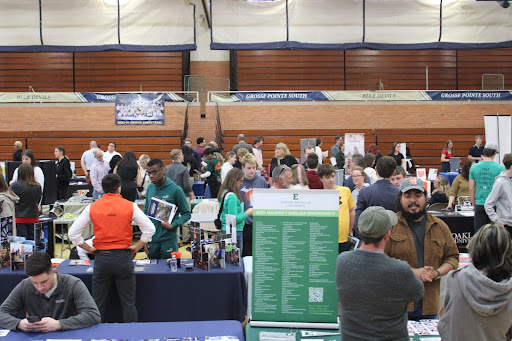On March 26, junior Colin Smith watched in shock and confusion as he saw the video recording of the Dali cargo ship colliding with the Francis Scott Key Bridge in the heart of Baltimore, Maryland. Eight people were on the bridge during this crash, leading to a rescue operation and suspension of rescue efforts by the Coast Guard. As authorities plan for the long and expensive rebuilding process, the intersection of economics, engineering and architecture has been recognized when considering infrastructure investment and collaborative design processes to ensure more public safety in the future.
As the initial shock of the collapse wore off, the economic impact became suddenly apparent to Smith, an AP Macroeconomics student. Due to the magnitude of the collision and its central location within a trading hub, Smith foresees the negative consequences only growing during the repair process.
“I think the bridge rebuilding should have priority because it will not only affect trade on the water but also people’s production on land,” Smith said. “More than 30,000 people used that bridge for their daily commutes. Now they will have to take their time which could decrease their productivity and output.”
As an aspiring engineer, senior Kate Bania is fascinated by the removal of the wrecked bridge and even questions the impacts below the surface. Engineers predicted the restoration of navigation in and out of the Port of Baltimore to be complete by the end of this month, which makes Bania eager to delve into the structural aspect of engineering.
“I love the challenge of restoring the bridge, especially since I am interested in engineering with a focus on environmental science and sustainability,” Bania said. “What I am really curious about is how the bridge collapse and wreckage impacted the life in the water below. What is really cool is that when I graduate with my engineering degree in a few years is that I will be able to explore these things myself.”
While engineers are pivotal in both the design and recovery of collapsed bridges, architect Derric Scott believes that the aesthetics of bridge design are elevated when load calculations are incorporated, enhancing the architectural aspect. However, in bridge design, architects closely work with civil and structural engineers, a synergy Scott stresses to safeguard procedures that impede bridge collapses.
“We can design more proactive safe fails to prevent this type of accident such as protective dolphins, which are a group of pilings arrayed together to protect the structural elements of a bridge,” Scott said. “The ship would hit the dolphins first and protect the actual structure of the bridge from being hit, or at the very least reduce the impact on the bridge.”
Projects like this not only take time, effort and planning, but they also require considerable funding. However, according to Smith, a more equitable approach should be taken while covering the expenses.
“I think that the government should be involved in paying for the cleanup and maybe part of the rebuild, but the central government shouldn’t take on the entire responsibility of paying for it,” Smith said. “Private shipping companies that use the harbor and the state of Maryland should also contribute because they profit the most from the harbor access.”
Contributing- Nick Saigh






